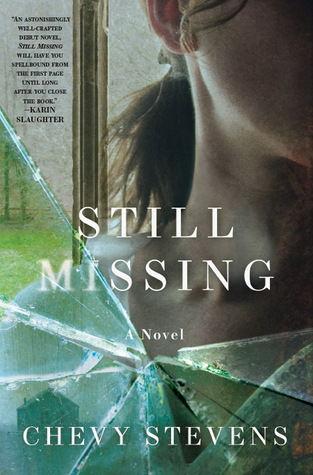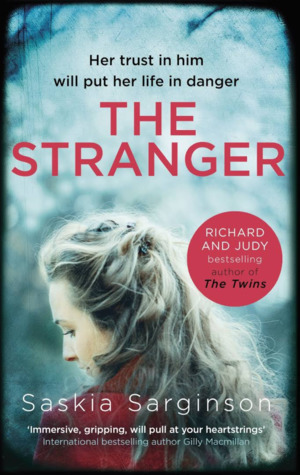
It’s been a couple of days since I read Nicola Barker’s H(A)PPY and I’m still trying to figure out how to get all the ideas out as a coherent whole. It’s not only a multi-layered novel but is open to a variety of interpretations.
On the surface H(A)PPY is a dystopian novel. The main protagonist, Mira A lives in a world where emotions are controlled and all thoughts are assessed by a sensor (which puns on the word censor) and are charted on a graph which can be seen by other people.Incidentally the only time her sensor does not work is when she is facing the light – i.e. the source of knowledge. All information is available via a information stream, which is available but to all but is monitored. The biggest crime, it transpires, in this world is an EOE ( Excess of Emotion). In fact when emotive related words are used then they start to flash in different colors. Mira A’s role in this society is a musician although everyone has to help in this community by performing community tasks.
Mira A’s problems start when she sees a picture of Paraguayan guitarist Augstin Barrios

Which leads to malfunctions to her sensor as she is now questioning her existence and the restrictions that are put upon her in this supposedly free society, one example is Mira A wanting to learn the guitar but instead she has to play the Kora, an instrument with a limited number of playing techniques – a perfect metaphor for this world. Eventually a person called Kite comes in, which sparks off a love interest and a discovery that the fact that Mira A’s sensor is working overtime because she is narrating her own story. This leads to a complete breakdown in the narrative.
Although this story gently echoes George Orwell’s Nineteen Eighty-Four. The use of emotions as rebellion, the love interest, the person from a secret society (in the case of H(A)PPY it is the banal) and therapy to bring the main protagonist to the original state, the difference being that Winston is back at square one, while Mira A breaks free.
But that is not Barker’s aim. Here’s my theory:
H(A)PPY is a post modern message about the breakdown of language. Mira A rebels by creating a narrative and despite the fact that the authorities (or system as it is called) try to put restraints she breaks free and the novel H(A)PPY is that result of Mira A’s escape. Yet despite the physical book in our hands, the words are in a state of chaos. Some pages have different font sizes, some pages are blank, despite the Wittgensteinian belief which states that silence is a language into itself as here Barker uses it as restraint, the text is littered with pictures. This is a deconstruction of text and narrative. I feel that Barker is harking back to Wittgenstein’s language games, which is the simplification of language and this is made clear throughout the novel. Despite the fact that H(A)PPY is a work of fiction we are seeing language games all around us – Text messages , tweets even Facebook updates should be short.
Probably my review is just scratching the proverbial surface as there’s much more to discuss and analyse but I’ll leave it here. I do believe, though that Barker has written an important piece of fiction which questions both the existence of literature and life, a hyperbolic statement? maybe but one can’t help gushing over a book which is fun to read and is open to interpretation.
Advertisements Like this:Like Loading... Related





